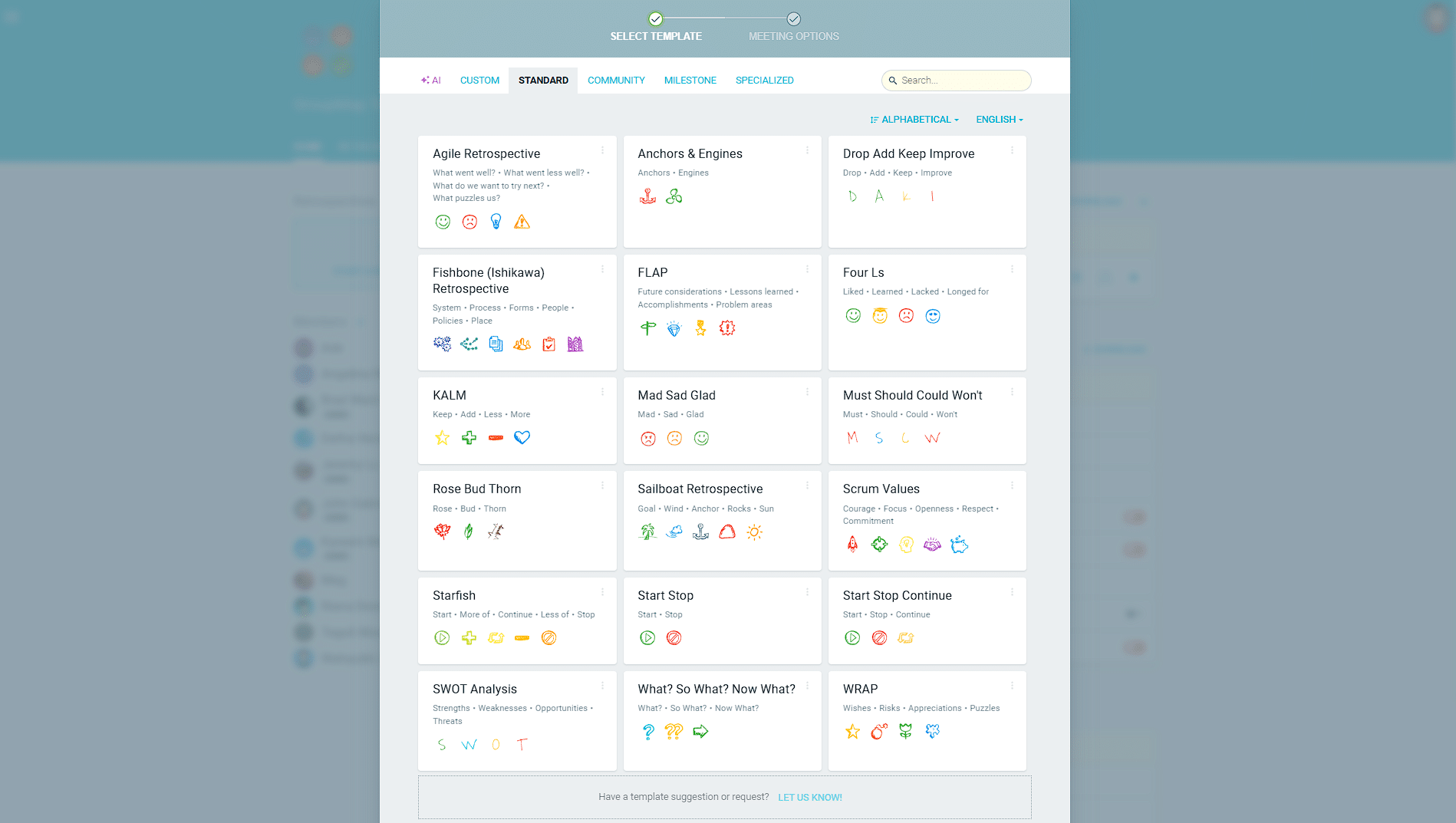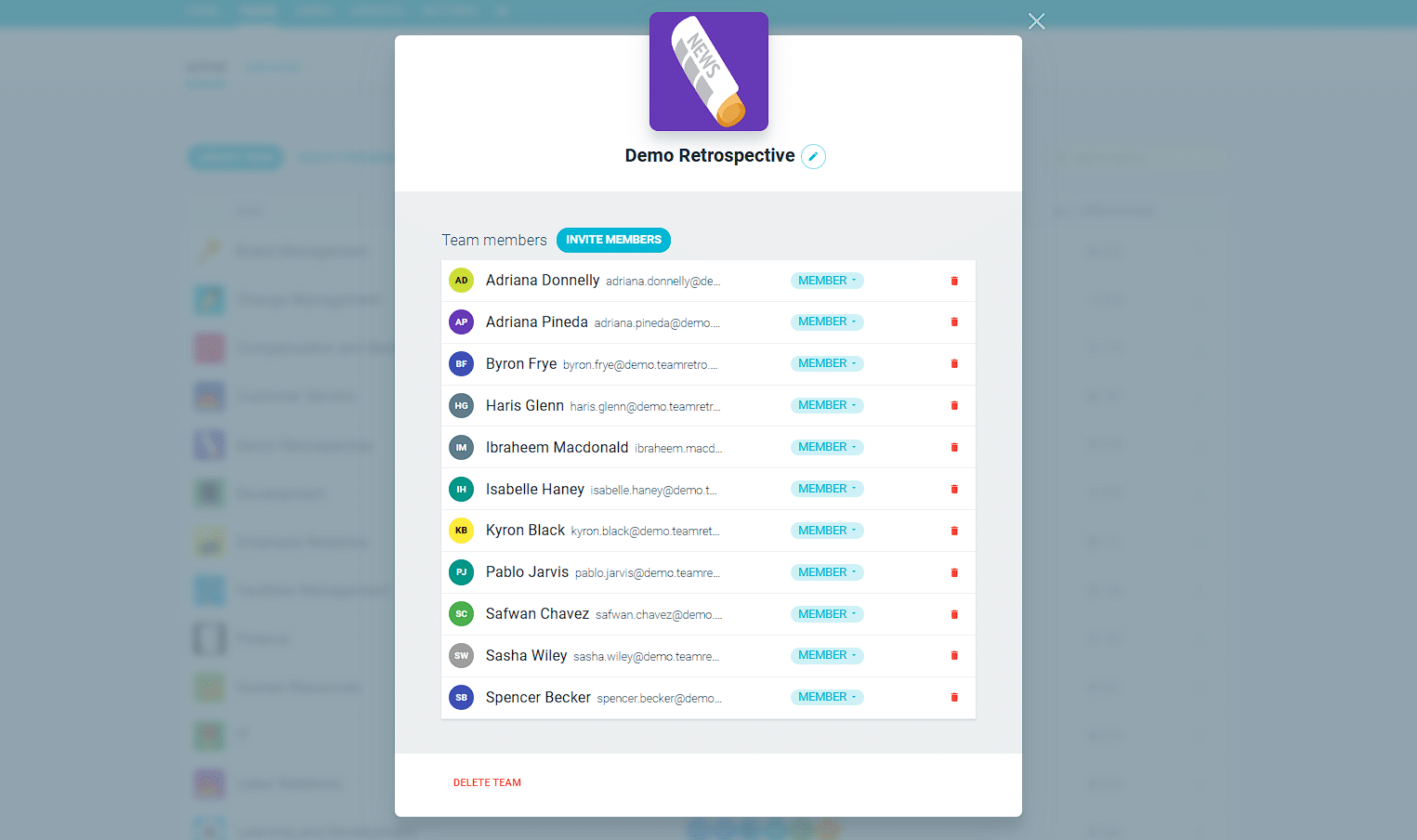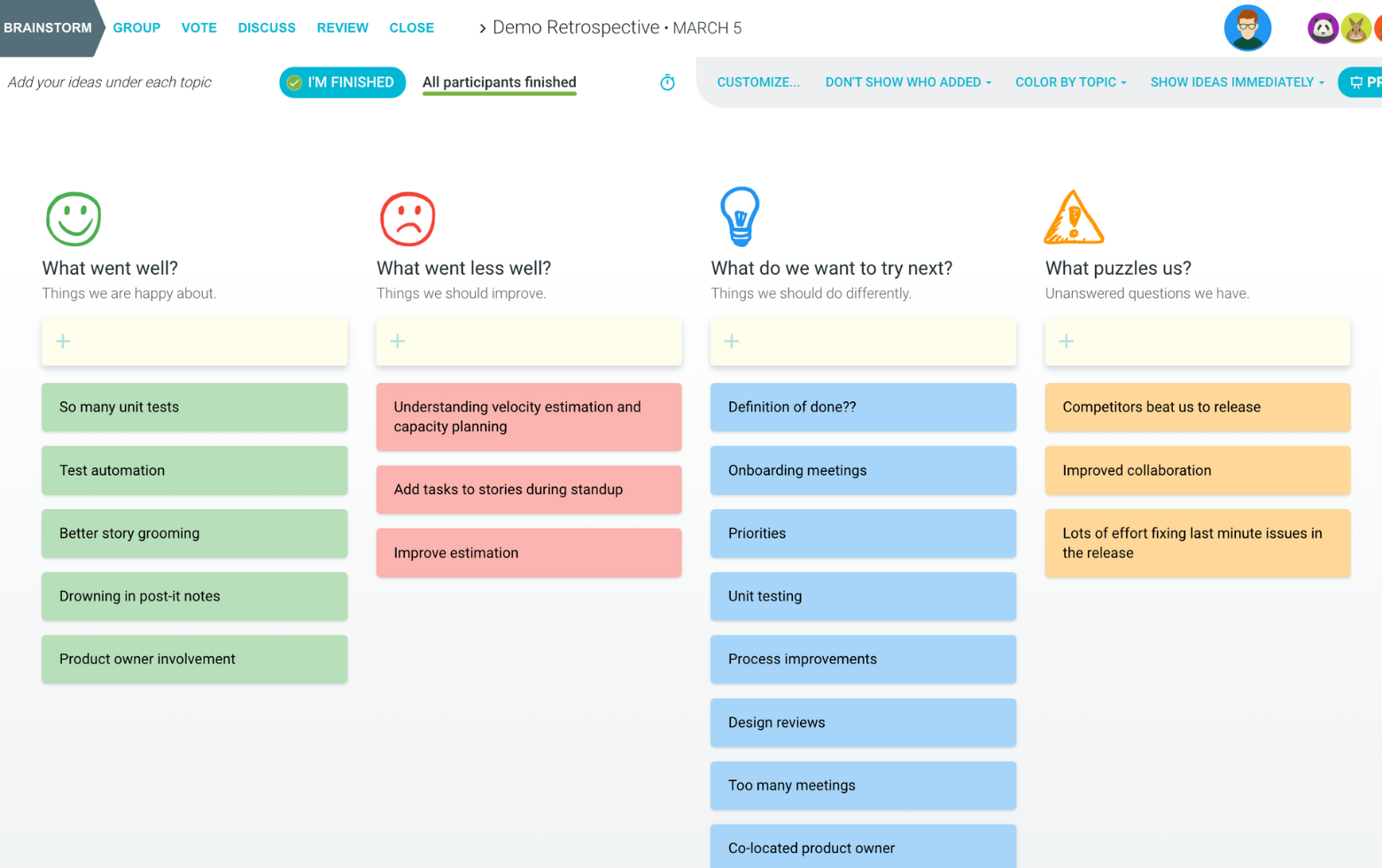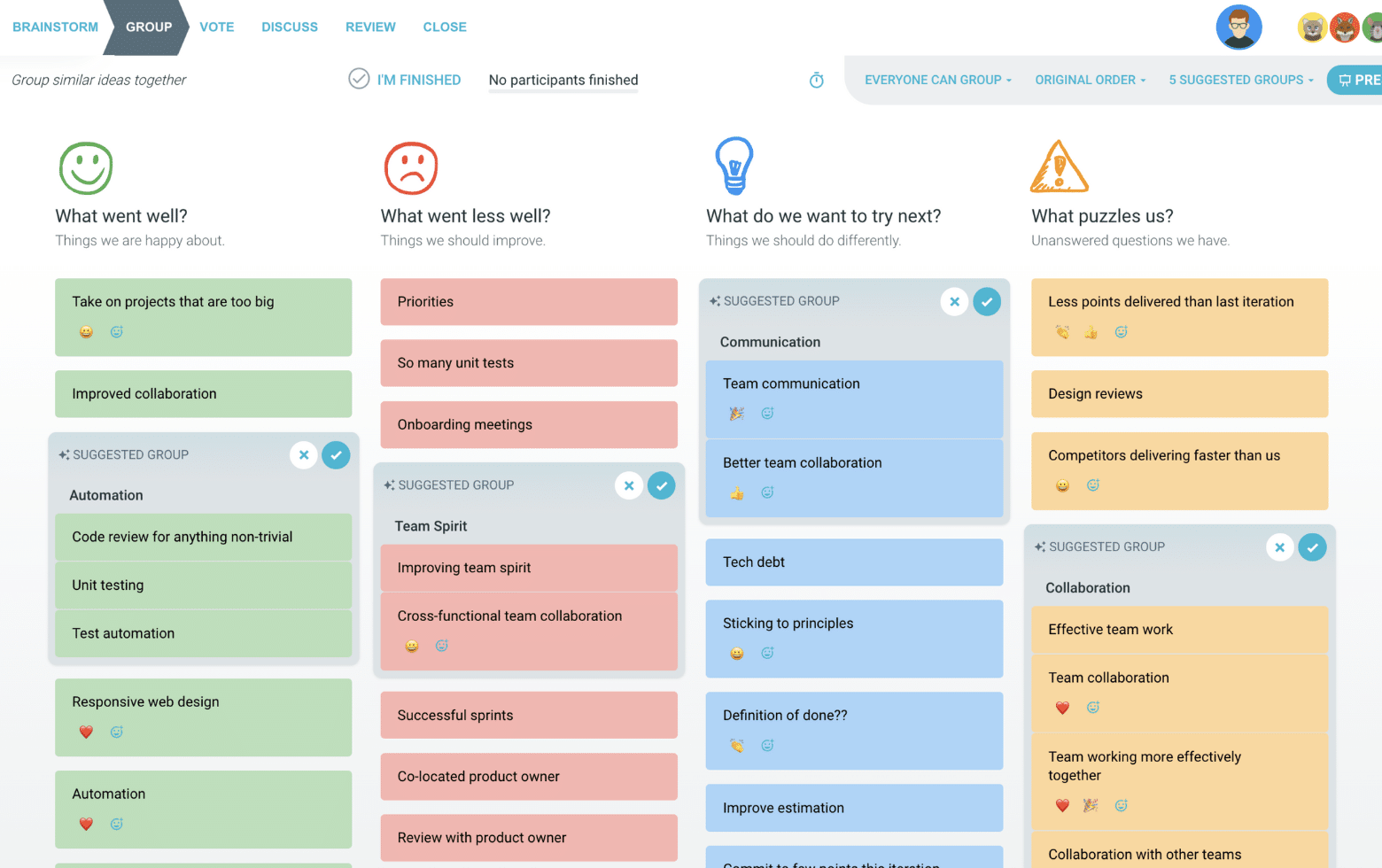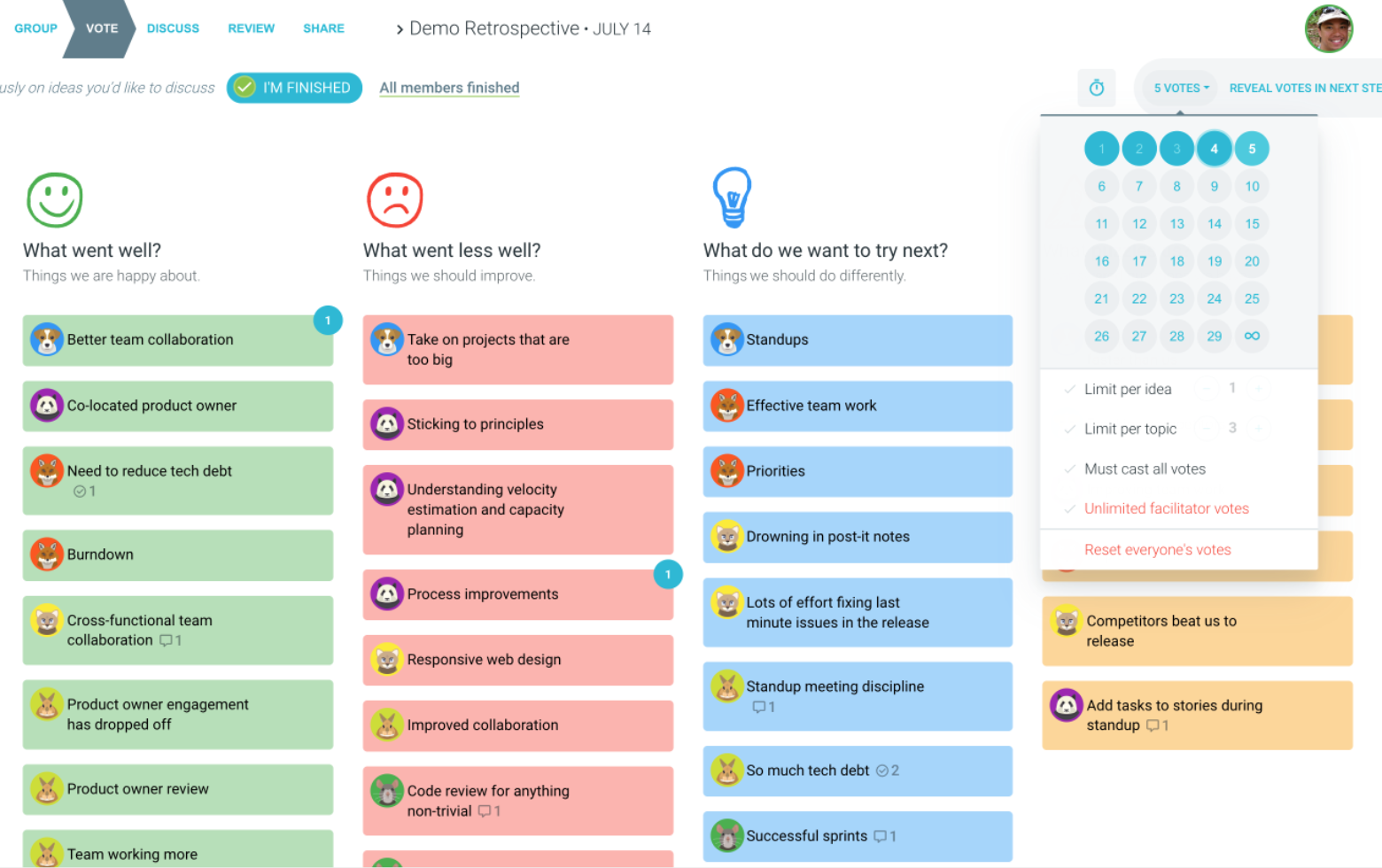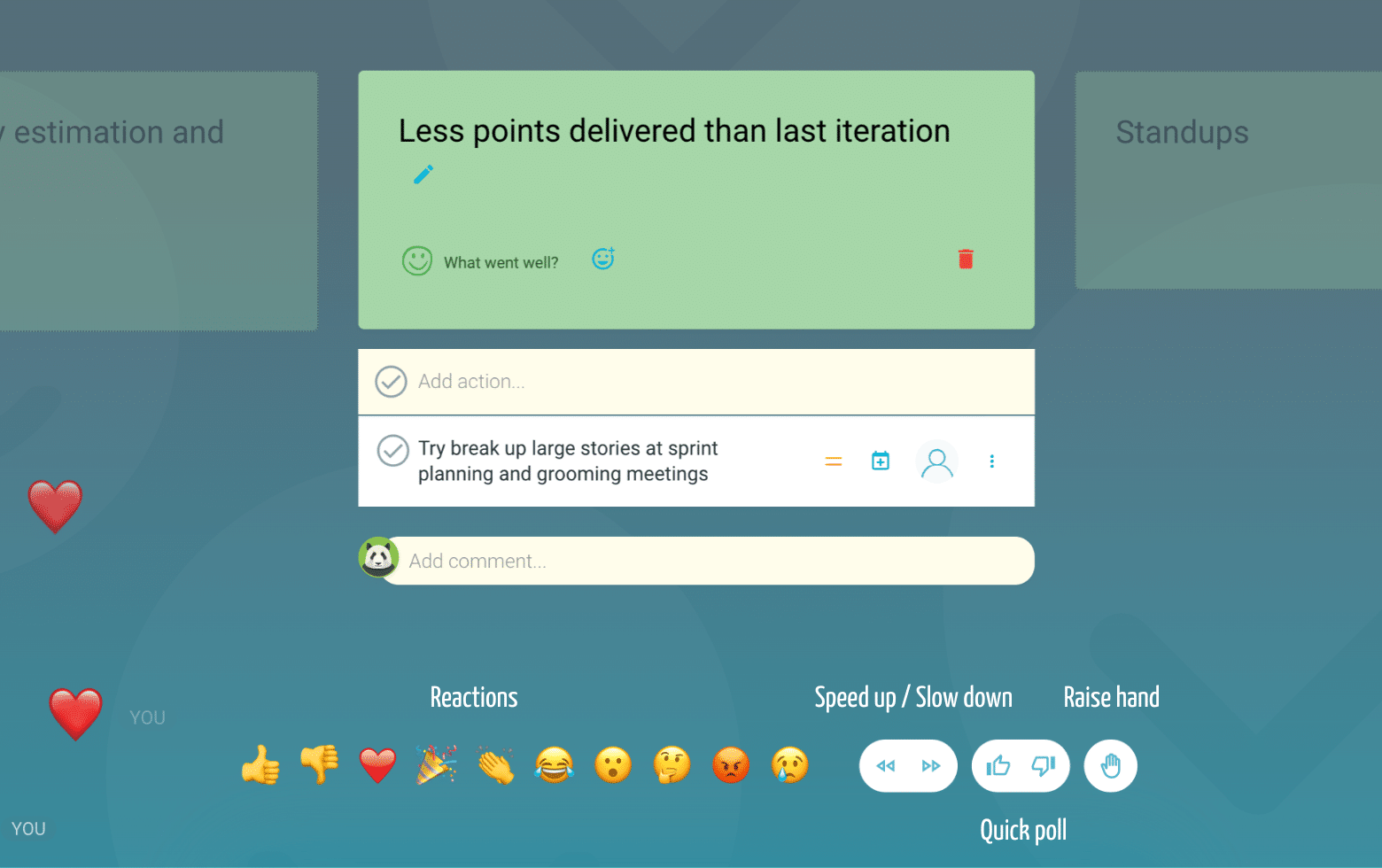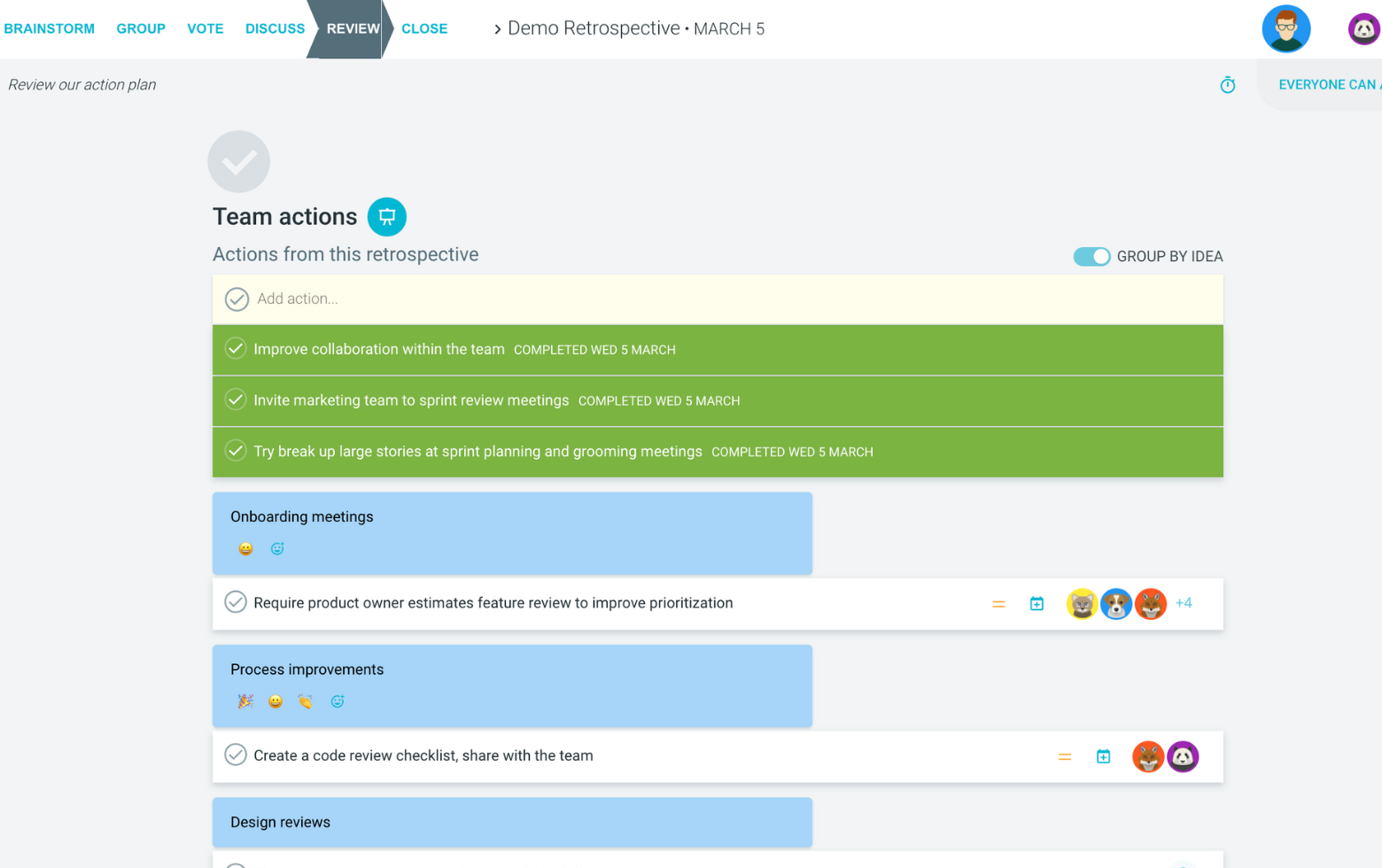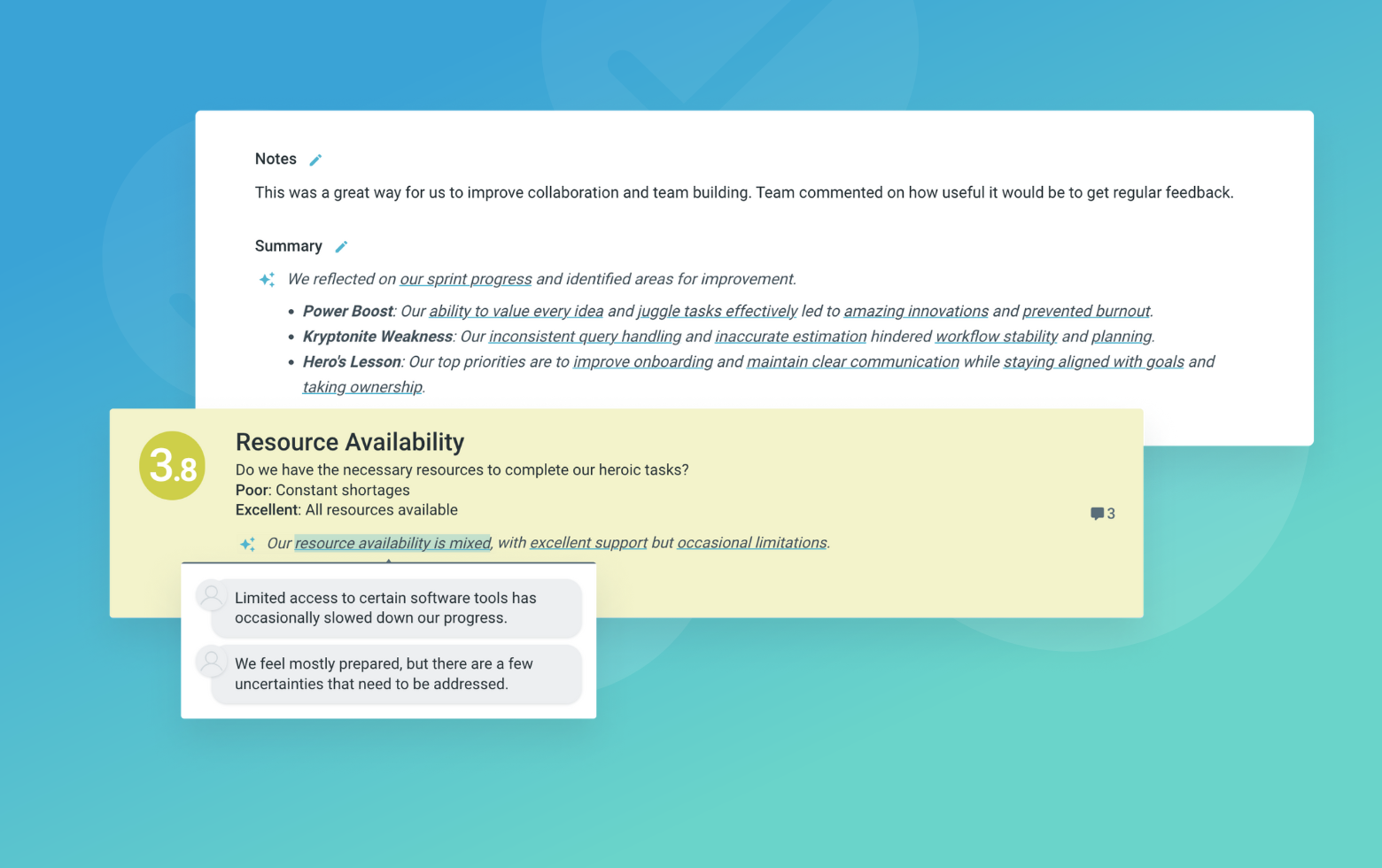A Technical Debt Retrospective is a focused meeting to identify areas of technical debt within a codebase or system. It allows teams to openly discuss sources of debt, prioritize which items should be addressed, and create an action plan for paying down that debt over time.
Technical debt refers to the accumulation of less-than-optimal solutions within a codebase. This debt may arise from prioritizing short-term delivery over long-term code quality, lack of understanding, or deferring refactoring. Left unchecked, technical debt increases complexity and slows down future development.
By regularly conducting Technical Debt Retrospectives, teams can maintain awareness of their debt, prevent it from becoming unmanageable, and allocate time for incremental improvements. This proactive approach enhances code quality, reduces bugs, and improves overall productivity.
What is The Technical Debt Retrospective
Sources of Debt
What areas of the codebase have accumulated technical debt?
Encourage participants to be specific about the types of debt, such as code smells, architectural issues, or lack of tests.
Impact and Risks
How is this technical debt impacting the team and product?
Encourage discussion around the real-world consequences of allowing the debt to accumulate further.
Prioritization
Which areas of debt should be tackled first?
Guide the team in prioritizing debt items based on impact, effort required, and strategic importance.
Action Plan
How can we systematically address the prioritized debt?
Facilitate the creation of a concrete plan with timelines, responsibilities, and regular check-ins.
Suggested icebreaker questions
- If our codebase was a physical structure, what would it look like and why?
- Share a humorous story or experience related to dealing with technical debt in the past.
Ideas and tips for your retrospective meeting
- Encourage open and honest discussion without blame or finger-pointing. Technical debt is a natural byproduct of software development.
- Ensure all team members, including non-technical roles, understand the concept of technical debt and its potential impacts.
- Prioritize debt items based on impact, effort required, and strategic importance, rather than trying to tackle everything at once.
- Create a concrete action plan with timelines, responsibilities, and regular check-ins to ensure accountability and progress.
- Consider allocating a dedicated portion of each sprint or cycle to focus on technical debt reduction efforts.
- Explore automating processes like linting, testing, and code reviews to prevent the introduction of new debt over time.
.
How to run effective meetings with TeamRetro
Start Your Session in a Click
Log into TeamRetro and choose your template. Customise questions and the workflow to create your perfect retro for your team.
Create Your Team Easily – No Separate Accounts Needed
Brainstorm Individually – Free From Bias
Smart Grouping for Faster Insights
Fair, Flexible, and Fast Voting
Engage, React, and Capture Key Insights
Walk your team through ideas one by one with Presentation Mode. Stay in sync, spark real-time discussions, and capture feedback with comments, live reactions, and polls—all in one place.
Turn Ideas Into Action
Propose next steps with team buy-in, get AI-powered action suggestions, and keep everything in one place. Committed actions sync to your personal dashboard and integrate with your workflow tools—keeping you on track.
Save, Share, and Stay on Track
Get quick AI-powered summaries, add facilitator notes, and store retrospectives in your library for easy access. Schedule your next session and track published actions to keep your team accountable at the next retro.
Turn Team Data into Actionable Insights
Uncover trends, common themes, and key engagement metrics at a glance. Track sentiment shifts, analyze conversations, and monitor completed actions to drive continuous improvement.
